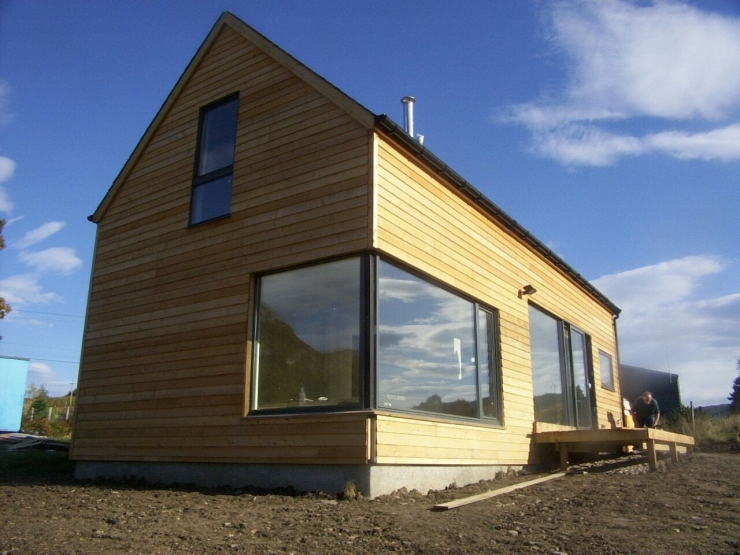Larch is a conifer tree (softwood) of the genus Larix that grows across the northern hemisphere. There are about 10 species included in the genus, but the most commonly used for cladding are: Siberian Larch (Larix sibirica) and European Larch ( Larix decidua).
Siberian Larch is considered a naturally durable timber for use in cladding applications (according to BS EN 350-2). It is also cheaper than Western Red Cedar, making it a fantastic option for resilient and sustainable natural cladding projects.
Fun fact: Even though Larches are conifer trees, they lose their needles in the autumn, making them deciduous softwoods!
Here are the main differences between commercially available larch species for cladding:
Siberian Larch (Larix sibirica)
slightly to moderately durable
straw colour with brown knots
denser than European/British Larch
available in two grades: Unsorted (fewer knots) or Sawn fallen (more knots),
longer lengths
European Larch / British Larch ( Larix decidua)
consistent pale pink colour with dark knots
slightly to moderately durable
cheaper



